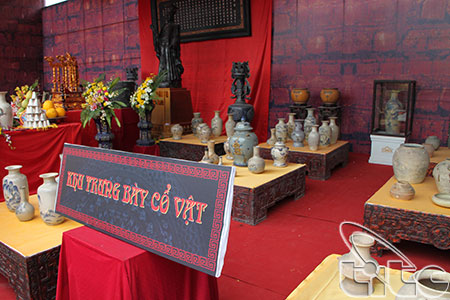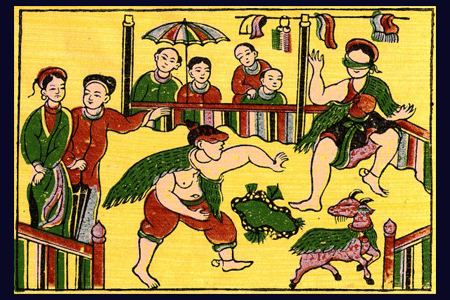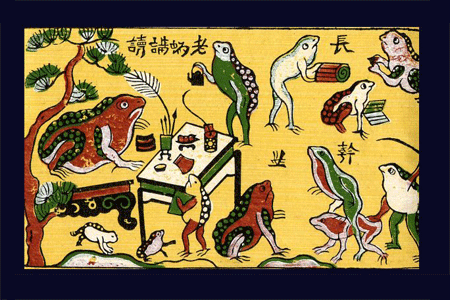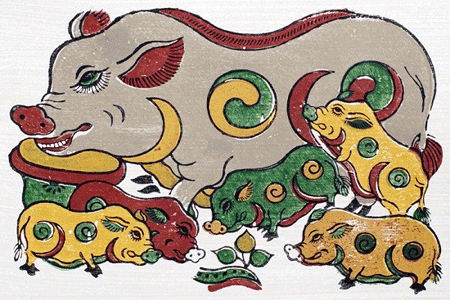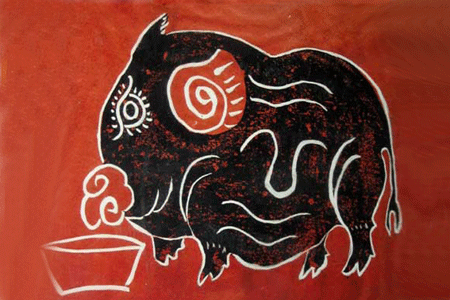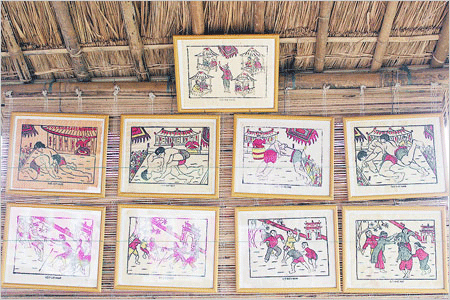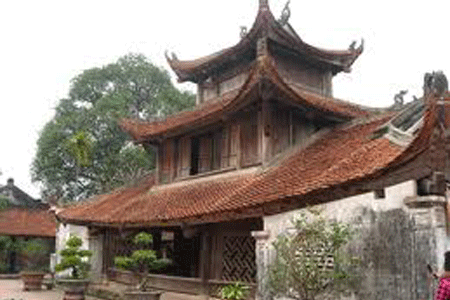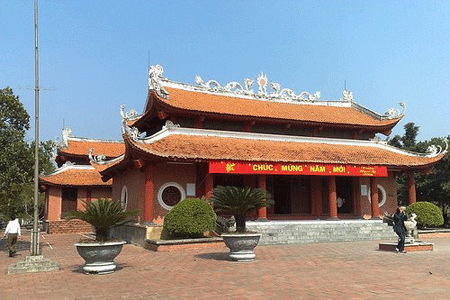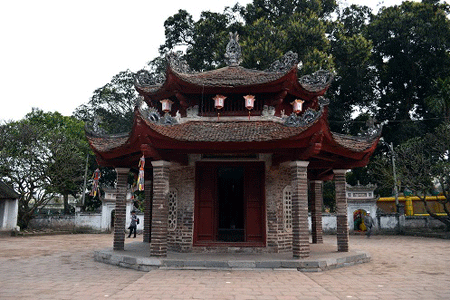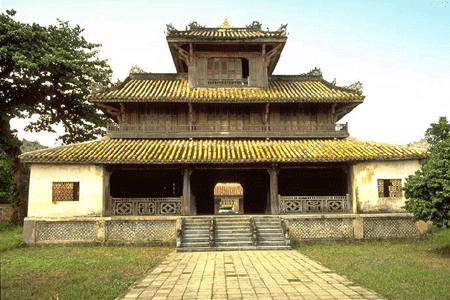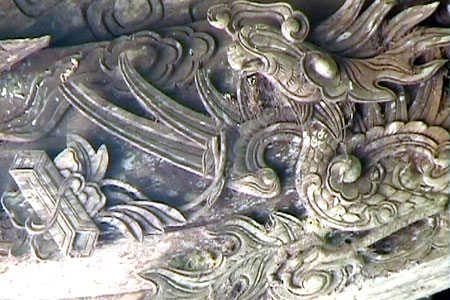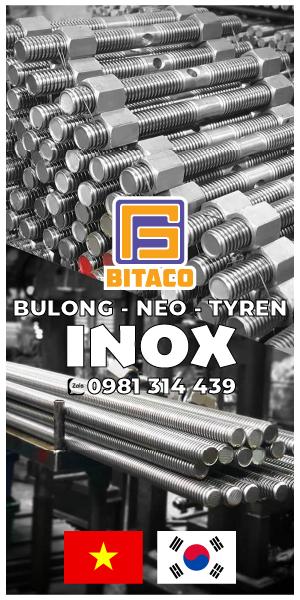 About Viet Nam
About Viet Nam  Region
Region - NORTHERN
- BẮC GIANG PROVINCE
- BẮC KẠN PROVINCE
- BẮC NINH PROVINCE
- CAO BẰNG PROVINCE
- ĐIỆN BIÊN PROVINCE
- HÀ GIANG PROVINCE
- HÀ NAM PROVINCE
- HÀ NỘI CITY
- HẢI DƯƠNG PROVINCE
- HẢI PHÒNG CITY
- HÒA BÌNH PROVINCE
- HƯNG YÊN PROVINCE
- LAI CHÂU PROVINCE
- LẠNG SƠN PROVINCE
- LÀO CAI PROVINCE
- NAM ĐỊNH PROVINCE
- NINH BÌNH PROVINCE
- PHÚ THỌ PROVINCE
- QUẢNG NINH PROVINCE
- SƠN LA PROVINCE
- THÁI BÌNH PROVINCE
- THÁI NGUYÊN PROVINCE
- TUYÊN QUANG PROVINCE
- VĨNH PHÚC PROVINCE
- YÊN BÁI PROVINCE
- CENTRAL
- SOUTHERN
- AN GIANG PROVINCE
- BÀ RỊA - VŨNG TÀU PROVINCE
- BẠC LIÊU PROVINCE
- BẾN TRE PROVINCE
- BÌNH DƯƠNG PROVINCE
- BÌNH PHƯỚC PROVINCE
- CÀ MAU PROVINCE
- CẦN THƠ CITY
- ĐỒNG NAI PROVINCE
- ĐỒNG THÁP PROVINCE
- HẬU GIANG PROVINCE
- KIÊN GIANG PROVINCE
- LONG AN PROVINCE
- SÓC TRĂNG PROVINCE
- TÂY NINH PROVINCE
- TIỀN GIANG PROVINCE
- HỒ CHÍ MINH CITY
- TRÀ VINH PROVINCE
- VĨNH LONG PROVINCE
- CENTRAL HIGHLANDS
- NORTHERN
 ECONOMIC SECTORS
ECONOMIC SECTORS - ELECTRONICS - IT - TELECOMMUNICATION
- INDUSTRY - MECHANICAL ENGINEERING
- TEXTILE & GARMENT - LEATHER & FOOTWEAR
- CERAMICS - FURNITURE - HANDICRAFTS
- JEWELRY
- PHARMACEUTICALS - HEALTH
- PAPER - PACKAGING
- POWER - ENERGY - MINERAL
- PLASTICS - CHEMICALS - RUBBER
- AGRO - FORESTRY - FISHERIES
- FINANCE - BANKING - INSURANCE
- FOODSTUFFS - BEVERAGES
- TRADE - SERVICES - TOURISM
- TRANSPORTATION - LOGISTICS
- CONSTRUCTION - BUILDING MATERIALS
- AUTO - MOTORCYCLE - BICYCLE
- EDUCATION - SCIENCE - TECHNOLOGY
 INVESTMENT
INVESTMENT  PROPERTY
PROPERTY  TOURISM
TOURISM - E-mart


